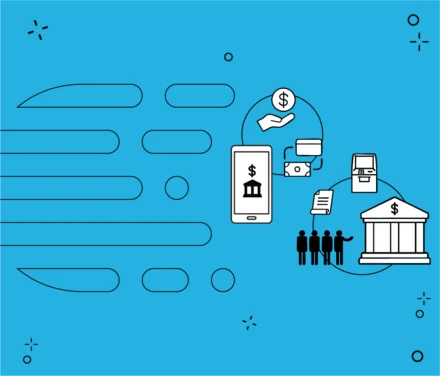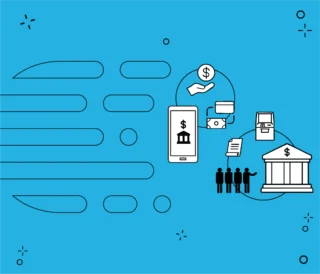Embedded finance is not only improving access to financial products, but also redefining how these services are integrated into everyday life. This approach, driven by financial innovation, accelerates the time-to-market for new products and enables companies to offer financial solutions through partner integrations—without being a traditional financial institution. In doing so, it democratizes access and raises the bar in the market. Previously, traditional players had exclusive control over the offering. Now, that advantage is no longer theirs alone.
Embedded finance is the integration of financial services into non-financial platforms, such as applications, services, or products. In other words, users don´t need to interact with traditional financial institutions. This model makes it possible to offer solutions such as payments, loans, insurance, or savings in a seamless and accessible way.
What is the difference between embedded finance and integrated payments?
What is the difference between embedded finance and integrated payments?
Embedded finance integrates complete financial products into non-banking platforms, allowing users to access multiple services. In contrast, integrated payments are limited to facilitating monetary transactions within a platform, such as paying for products or services, without offering additional financial products.
Read more → Neobanks vs traditional banks: What will the future of the financial sector look like?
What is the difference between embedded finance and banking as a service?
Embedded finance integrates financial services into non-financial platforms, such as e-commerce applications or transportation services, without interacting with traditional financial institutions. In contrast, Banking as a Service (BaaS) provides complete banking infrastructure, such as accounts and payments, to non-bank companies through APIs, allowing them to offer complete banking services without being a bank.

What is the relationship between embedded finance and open banking?
Open banking allows banks to securely share customer data with third parties through APIs, creating a foundation for innovation in financial services. Embedded finance uses this data (or data obtained by other means) to integrate financial products directly into non-bank platforms.
Segments underserved by financial services
Embedded finance offers a great opportunity to engage segments underserved by traditional financial services:
- Unbanked: Individuals who do not have accounts with traditional banks and have been victims of fraud or mismanagement in the past, leading to distrust of financial institutions.
- Underbanked: Individuals with limited access to financial services, who often have difficulty obtaining credit or managing their debt.
- Banked but underrepresented: Those who have access to banking products but feel that their needs are not adequately understood or met by traditional banks.
Suscribe to our newsletter!
Use cases and examples of embedded finance
Some sectors are already using embedded finance to create value:
- Transportation and mobility: Companies such as Uber and Cabify offer or are exploring microcredit models for their drivers to cover operational expenses such as vehicle maintenance, without having to go through traditional banks. This removes barriers and improves the user experience.
- Health and wellness: In the healthcare sector, companies like Oscar Health are integrating health insurance and treatment financing options into their platforms, allowing users to manage payments without having to interact with traditional financial institutions. This makes access to healthcare faster and more affordable.
- HR and employee payments: Solutions such as Naranja X in Argentina are beginning to offer integrated financial services, including salary payments and access to credit for employees, improving efficiency and job satisfaction. Another example is Runa, a Mexican startup that is leading the market with solutions similar to Naranja X, but adapted to local needs.
- Retail and e-commerce: Large platforms such as Amazon and Mercado Libre are taking advantage of embedded finance to offer instant credit or installment payments directly at the point of sale. This eliminates the need for traditional banks and increases accessibility for users.
- SMEs and small businesses: Tools like Kabbage and QuickBooks integrate fast loans and credit services into invoicing or inventory management platforms. They enable small businesses to access financing faster and more efficiently, facilitating their growth and expansion.
Why is embedded finance the next evolution in Fintech?
The appeal of embedded finance lies in its democratization. In the past, traditional banks monopolized access to banking products. Today, however, more than 50% of banking products can be delivered through embedded finance.
This model not only accelerates time to market but also creates a more robust value proposition for customers by offering products that are more tailored to their needs and consumption habits. Fintech, technology companies, and even retailers now have the opportunity to offer banking services directly to their customers through partnerships with financial service providers.
The opportunity to bring everyone into the financial system
Embedded finance is not only a competitive advantage, it is also a tool for financial inclusion. It makes it possible to offer solutions to those who have historically been excluded from the financial system. This not only democratizes access but also opens up new business opportunities as companies of all sizes can offer customized financial products.
As a strategic partner, Crombie can help you integrate financial services into your platform through software development. This will enable you to harness the full potential of embedded finance to enhance the user experience and provide accessible and tailored solutions.

At Crombie, we help companies embed financial services into their digital platforms
We design solutions that enable seamless integration of payments, lending, and insurance directly within their applications—enhancing user experience and unlocking new business opportunities.













Embedded finance is explained clearly and insightfully in this article. Explanations and examples illustrate effectively how it has transformed financial services. This is valuable information that you have shared with us.